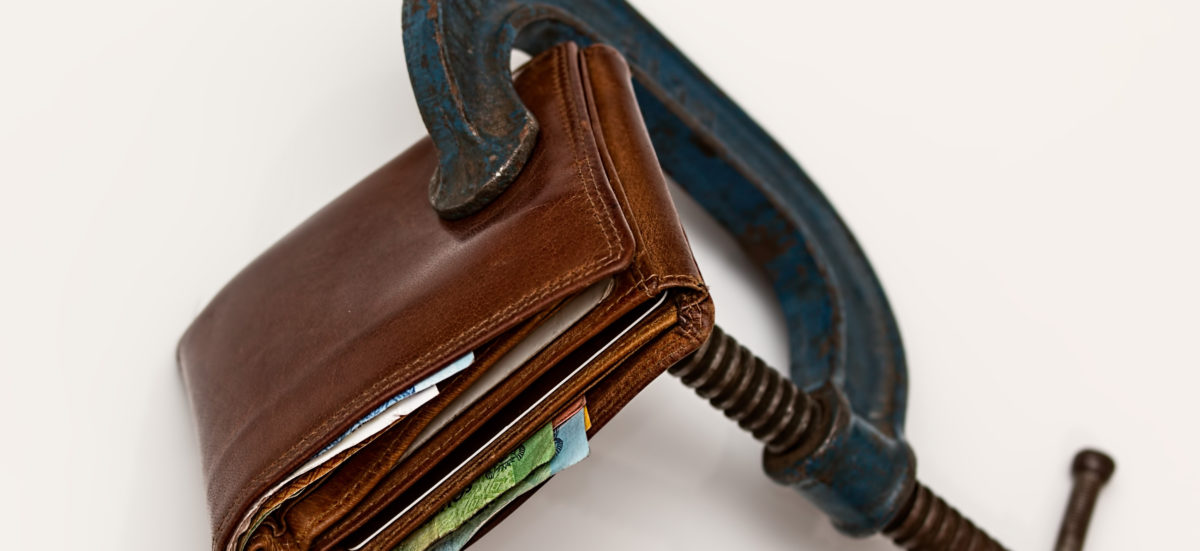
Collections Techniques in Bankruptcy
There exists a common misconception that bankruptcy is the end of the road for a creditor’s collection efforts against a debtor. Certainly there are many instances where this holds true, but there are also numerous situations in which a bankruptcy is either beneficial to a creditor or only a mild hindrance to collection. Creditors should actively seek out opportunities to use the bankruptcy laws to their benefit and make sure there are no available recovery options prior to ceasing collection activities.
The first step in analyzing the collectability of an account after a bankruptcy is filed is to determine which individual or entity actually filed bankruptcy. Was it a personal guarantor or the spouse of a guarantor? Was it a corporate debtor or a related entity of the debtor? It is possible that a similarly named or related entity filed bankruptcy, but the debtor did not. After making this determination, there are additional considerations. In particular, it is important to note which type of bankruptcy was filed. A debtor may file a liquidation (Chapter 7) or a reorganization (Chapter 11/Chapter 13). In a liquidation, the debtor’s assets are sold and the funds are distributed to creditors. In a reorganization, the debtor pays creditors over time in a structured plan.
Creditors should pay close attention to the how their claim is treated (whether it is secured, unsecured, priority, or administrative). The treatment of the claim will govern if, how, and when a creditor will get paid through the bankruptcy. Other tools to be used by creditors in bankruptcy include obtaining priority status for goods sold within twenty days of the bankruptcy filing, the right to reclaim goods delivered in the 45 days period prior to the bankruptcy filing, and retaining certain lien rights despite the bankruptcy filing.
Another consideration is the manner in which the debt was incurred. Certain debts are not dischargeable, such as funds obtained from a creditor via fraud or false pretenses. Creditors may pursue a non-discharge action these debts, which means the debt would survive the bankruptcy and would not be wiped out.
Regardless of the collectability of a debt through the bankruptcy or how a creditor’s claim is classified, a creditor should review its file to determine whether any non-bankrupt individuals or businesses share liability for the debt.

